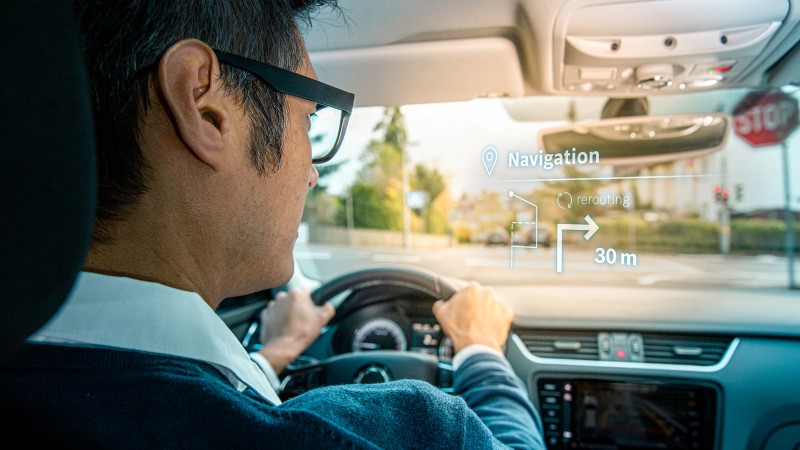
Recently, a device using a technology called virtual retinal display (VRD) has recently appeared. However, since VRD is not yet common, many people are worried that it will hurt their eyes.
To learn about VRD, you first need to know about the human eye. The most basic function of the eye is to focus on an object using the lens or the like. Therefore, the eye has the function of changing the shape of the lens and changing the focal length of the eye by controlling the amount of light entering the eye in the iris. The central part of the image captured by the eye in this way is projected onto the fovea centralis, which has the most optic cells in the retina, and the rest of the periphery of the retina is projected. The basic structure of VRD is to inject red, green, and blue lasers into this fovea.
A technology close to VRD is a head-mounted display type smart glass represented by Google Glass or Microsoft Holo Lens. This is an augmented reality technology that projects an image onto a semi-transparent display in front of the eye and overlaps the actual image, rather than directly projecting an image onto the retina.
The HMD-type smart glass is innovative in that information can be obtained without looking at the screen such as a smartphone, but because the display required remains the same, it becomes bulky. Also, it is not suitable for outdoor use during sunny days or midsummer. It is VRD that solves this problem.

However, if you irradiate three types of lasers into your eyes, you may be concerned about safety. In fact, at Burning Man, a large-scale outdoor festival held in the Nevada desert in the United States, a handheld laser generator that someone pulled out caused an accident in which an employee was blinded.
The answer to this concern is the use of very low power lasers. Since VRD emits light directly to the retina, there is no fear of being swept away by the bright sun, and it can exhibit sufficient performance for minimal laser output. For example, the BML500P, developed by electronic control equipment manufacturer Bosch, operates with less than 15 microwatts.
VRD is safe and not bulky, but has the disadvantage that it cannot be used directly over the face. Since VRD needs to accurately project the image on the center and region of the retina, even if it does not fit a little, nothing will be seen. Therefore, the VRD products that have been released so far need to be adjusted according to the user.
In addition, VRD products have the disadvantage of being expensive. For example, even Google Glass Enterprise Edition 2, which supports augmented reality technology, will cost $999 in 2020, and Microsoft HoloLens 2 will cost as much as $3,500.
Of course, as with virtual reality in the past, VRD can have both low price and stability through a lot of research and technology development in the future. There are so many possibilities with VRD, so what will happen in the next few years is something to look forward to. Related information can be found here .


















Add comment